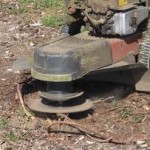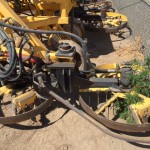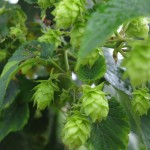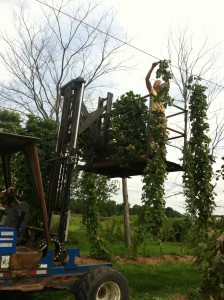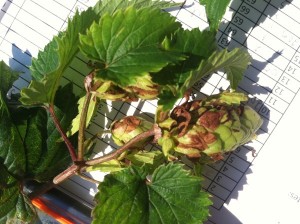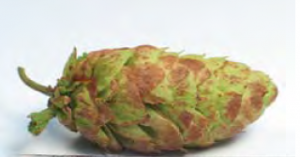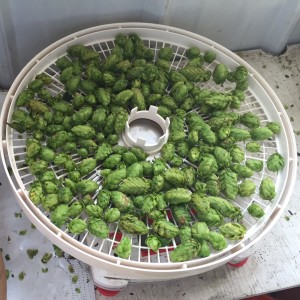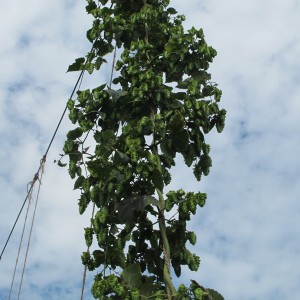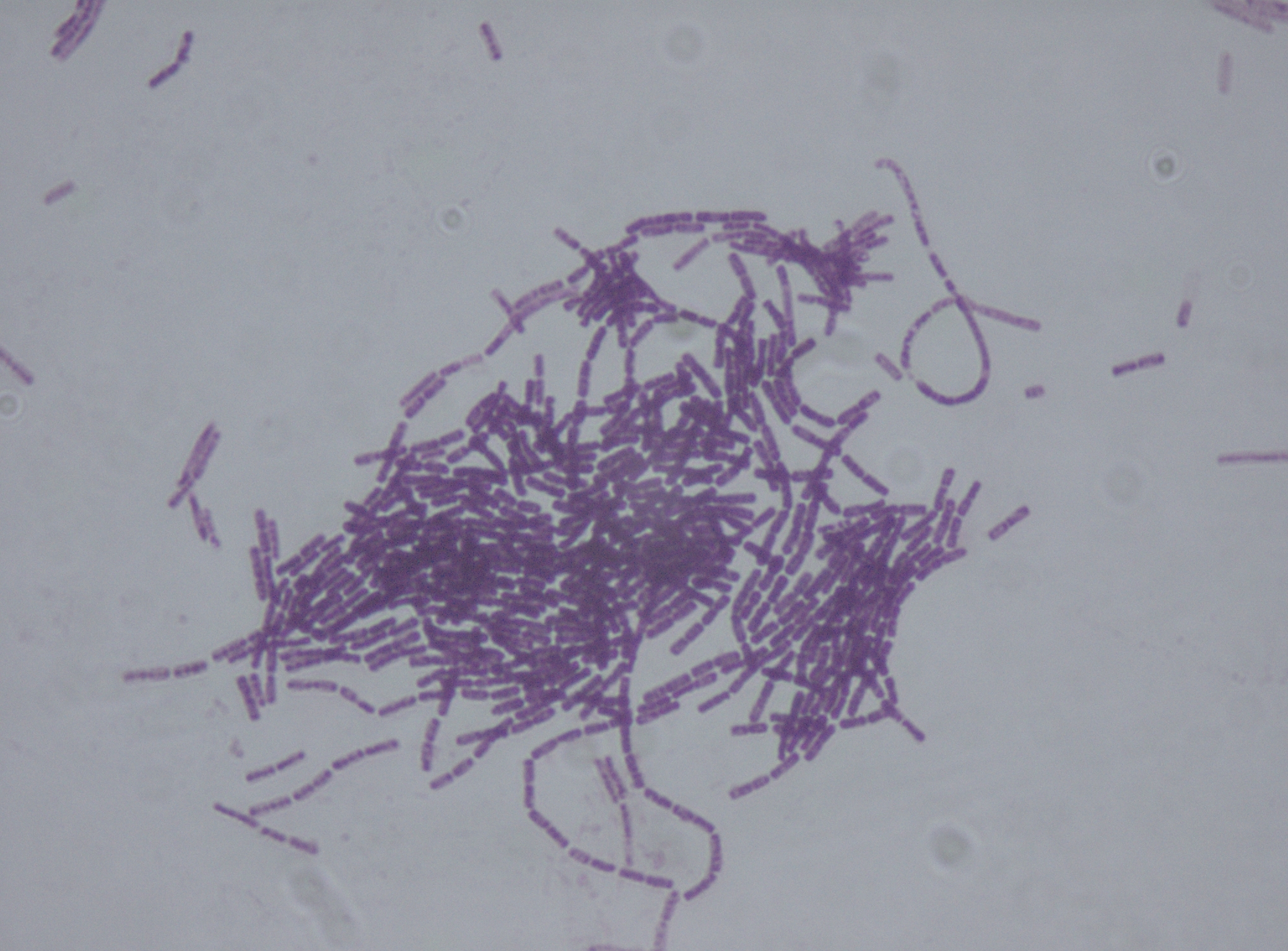 If you missed the 2016 Vermont Hop Conference or would like to review some of the presentations, the online proceedings are now available.
If you missed the 2016 Vermont Hop Conference or would like to review some of the presentations, the online proceedings are now available.
The 7th Annual Vermont Hop Conference was held on February 19, 2016 in Colchester, Vermont, and was organized by the University of Vermont (UVM) Extension Northwest Crops and Soils Program. It included presentations from experts and farmers from around the country who addressed agronomic and soil fertility considerations, spring training, scaling up production, recent UVM hop research findings, and more.
Video recordings of all presentations have been compiled into an online proceedings, available at: https://catalog.extension.org/product?catalog=VT-2016Hops.
There is a one-time fee of $35 to access the proceedings. Please let us know if you have any questions.
